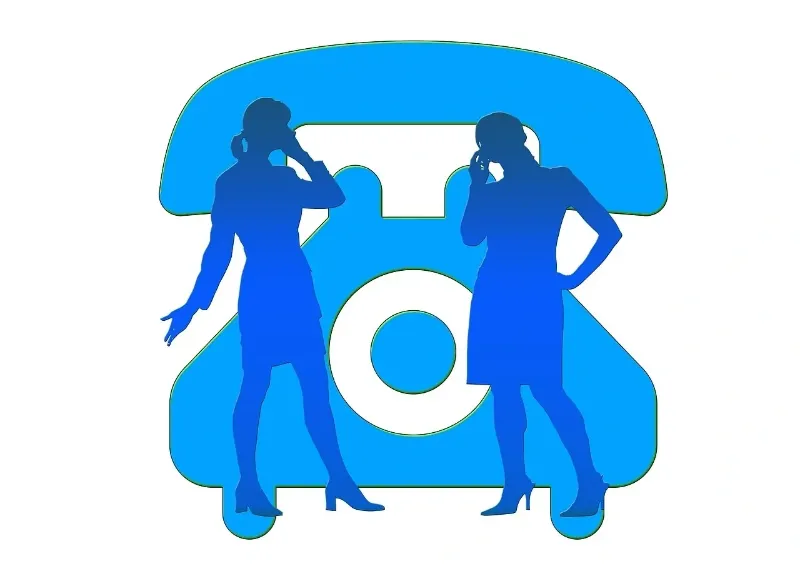
People sometimes forget that auto insurance companies are businesses, just like restaurant or grocery stores, and with every business, even though there are numerous other concerns, one of the main focuses, if not the number one focus, is the bottom line. By bottom line, I mean the annual profits (how much money does the business earn each year). Below are some tactics that some auto insurance adjusters use to try to protect the bottom line of the auto insurance company. Adjusters are employees of the auto insurance company and, typically, their main concern is the company they work for, not the injured party on the other side of the claim they are working.
1. Swoop and Settle

This is a tactic where the adjuster comes in to settle swiftly and quickly, with minimal to no consideration for the long-term effects of the injuries, caused by their negligent insured, to the injured party. In the article titled “Stop Swoop and Settle”, the author does a great job of explaining this tactic…”Knowing you’re under stress, they (the insurance adjuster) move in fast to lock you into a cheap settlement of your claim before you know the full extent of your injuries or rights. Medical providers often require reimbursement for their services from your settlement, and if you settle for an amount that is too low, it could cost you thousands of dollars.” This is an attempt by the adjuster to protect that bottom line for the auto insurance company and leave the injured party even more injured and possibly in more debt, than if the claim had been given time to mature.
2. Recorded Statement

Adjusters often say that they cannot move forward on a claim, especially a property damage claim, without a recorded statement, from the injured party. Adjusters often obtain irrelevant, yet harmful information, from these recorded statements, especially when the injured party is not represented by an attorney. Adjusters sometimes ask questions, when an attorney is not on the line for the statement, that they do not have permission to ask, and also, injured parties, on occasion, provide information, that the adjuster did not ask for, that could be very harmful to the claim. If I am dealing with one of these adjusters, I typically send over a written statement, from my client (which is a “recorded” statement”). If that does not work, I ask if the adjuster has a list of questions, they would like me to present to my client. Lastly, I object to the request for the “recorded statement”, as I do not allow my clients to give pre-litigation depositions. Harmful information obtained by way of recorded statement can go a long way to protect the bottom line of the auto insurance company.
3. Ignore, Ignore, Ignore!

For an injured party, especially one that has never had to handle an auto insurance claim, this can be one of the most frustrating tactics to deal with. On numerous occasions, I have had clients tell me that they hired me because the adjuster just would not return their call. On numerous occasions, I, have had instances where adjusters did not return my call. This is a way to delay the claim and ultimately, delay the payment of money by the insurance company, again, protecting their bottom line. One way to overcome this tactic is to document everything. If you call on Monday and leave a message and do not have a return call by Tuesday (without some sort of explanation), call again, but then send an email. If you do not have a response on Wednesday, call and get the name and email of the supervisor and email both the adjuster and the supervisor, explaining your attempted contacts, with no return call. Adjusters hate to have their files documented and when you send something, in writing, you are documenting the adjuster’s file. This should help speed up the process and defeat this tactic. It will also let the adjuster know that you mean business and you will not let anyone sit around and not do their job.
4. Full and Final

In my opinion, this is one of the worst and trickiest tactics that insurance adjusters try to use. Adjusters have been known to send out settlement checks, for settlements that injured parties have not even agreed to, with little to no explanation as to why the check is being sent, and the check has “full and final settlement” on it. Those words “full and final settlement” typically mean that once the injured party cashes the check, the claim is settled, because the check had “full and final settlement” on it. I have seen instances where the injured party had a medical bill for a certain amount and the adjuster sent a check for that exact amount, so the injured party cashed the check, thinking it was to pay that medical bill and the adjuster tried to argue that the claim was settled. Auto insurance companies will rarely send multiple payments, on a liability claim. To protect yourself against this tactic, you always want to get, in writing, what the check is for and confirm, before cashing it, that it is not in “full and final settlement” for anything (other than an actual agreed-to settlement).
5. Fear of the pre-existing!

Adjusters often try to blame pain and suffering from an injury caused by an accident on a pre-existing condition. Without an attorney, injured parties can fall victim to this tactic. The older we get, the more likely we are to have pre-existing conditions. Pre-existing conditions are physical issues that the injured party was dealing with, in their body, before the accident. Some examples of pre-existing conditions are spinal degeneration (wearing down of the spine) or arthritis. One way that I have combatted this tactic, in the past, was to provide prior medical records, showing that even with pre-existing conditions, my client never complained of pain or rarely complained of pain and after the accident, my client’s pain complaints went through the roof; it is always advisable to consult with a personal injury attorney, before providing any past medical records to an adjuster. If an adjuster can get an injured party to accept less, for their settlement, because the injured party thinks the pre-existing issue makes their claim worth less, then the adjuster is protecting the bottom line of the auto insurance company.
Oftentimes, adjusters try to come across as a friend to the injured party and lull them into a sense of comfort, making them believe the adjuster is on their side. There are definitely adjusters out there that look out for the injured party, but from my experience, they are few and far between. It is only natural for a person to be more concerned about their job security and position within their company, than the injured party that is just a number, a claim number to be exact, along with the hundreds or thousands of other “numbers” on their desk. Injured parties be your own best advocate or hire your best advocate, to make sure you are not swallowed up by these tactics.
Stay Safe!

